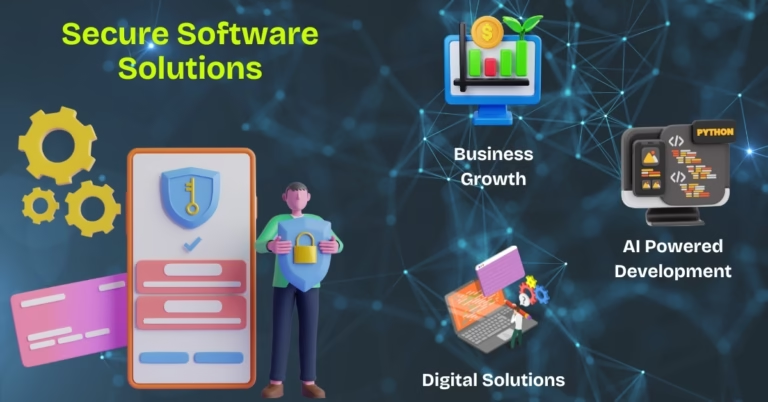
Fuel Innovation with Custom Software Development
Outdated systems don’t just slow workflows—they crush creativity. Legacy software and disjointed processes trap businesses in reactive modes, forcing teams to waste time on manual fixes instead of pioneering new ideas. Custom software development dismantles these barriers, transforming operational inefficiencies into launchpads for innovation.
Consider Precision Manufacturing Co., a 50-employee industrial parts supplier that relied on 15-year-old ERP software incapable of integrating with IoT sensors or AI tools. Manual data entry caused 15% production delays, and their inability to analyze real-time machine data left them trailing competitors in predictive maintenance. Innovation was stagnant, with R&D projects taking 6+ months to launch.
By investing in custom software development, they rebuilt their tech stack to prioritize agility and automation:
– A cloud-based ERP system integrated with IoT sensors on factory machines enabled real-time performance analytics.
– An AI-powered defect detection tool built with machine learning reduced quality control time by 50%.
– A custom web portal allowed clients to track orders, request custom designs, and simulate part performance.
– A mobile app let floor managers monitor production KPIs and adjust workflows remotely.
Within 8 months, results included:
– 40% reduction in machine downtime through predictive maintenance algorithms.
– 30% faster production cycles due to automated workflow optimization.
– $500K annual cost savings from eliminating manual data entry errors.
– A new “smart manufacturing” service line attracted 12 enterprise clients in Q1 post-launch.
The custom platform didn’t just solve existing problems—it unlocked innovation. Precision’s team used aggregated machine data to design self-optimizing production lines, earning a patent and a 20% revenue boost in the industrial automation niche.
Legacy systems force businesses to work for technology, not with it. Tailored software flips this dynamic by offering:
1. Scalable Solutions: Modular architecture adapts to new tools like AI, blockchain, or IoT.
2. Automated Workflows: Frees teams to focus on R&D instead of repetitive tasks.
3. Seamless Integration: Bridges legacy systems with cutting-edge tech stacks.
4. Data-Driven Insights: Turns raw data into actionable innovation strategies.
For example, a custom CRM with AI-driven sentiment analysis could help a marketing firm predict trends 6 months ahead of competitors. A blockchain-integrated supply chain platform might reduce counterfeits by 90%, creating premium pricing opportunities.
Businesses stuck in legacy limbo can leap ahead by treating software as a strategic asset. The ROI isn’t just efficiency—it’s the ability to rapidly prototype ideas, personalize customer experiences at scale, and enter markets competitors can’t replicate.
Focusing on custom software development, digital transformation, and scalable solutions positions businesses as market leaders. Don’t let clunky systems dictate your innovation ceiling. Invest in custom software to turn operational headaches into lucrative opportunities.
